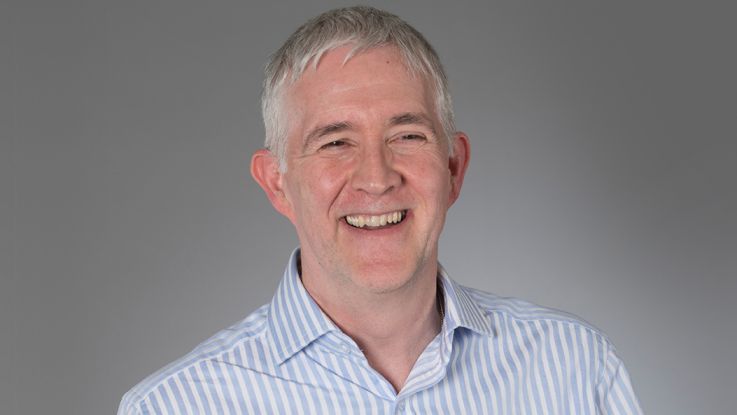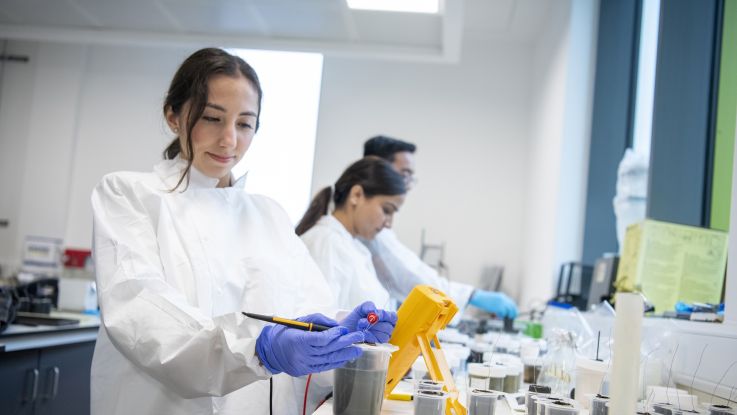

Branding for Growth
Brand decisions have moved beyond marketing teams and into the Boardroom: a recognition that a strong brand is one of the most powerful, strategic, competitive, and tactical tools that a company can draw on.
Ian Mumford, Creative Director at The Escape, took the participants of our recent webinar on a fascinating journey through the brand landscape. Beginning with the earliest origins of brand identity with Bass and Ford in the 1800s, he went on to explain how, during the mid-20th century, companies moved beyond straplines and logos to create brands assets with values, behaviours and personalities capable of challenging and leading any marketplace.
“Factors that create the need for a branding project are many and varied. For example, it could be to reflect a corporate structural change, to address competitive market forces, or to rectify concerns around audience perception or relevance. However, the start point for any such project is always to identify the key questions that you’re trying to answer,” he commented.
Ian and his team at The Escape use a process he calls ‘Brand Stratghetti’ to cut through the complexity that has built up around brand terminology and to ensure that all important elements are addressed. He advocates a three-stage strategic approach to any brand exercise, starting with Discovery (in-depth research, auditing and audience mapping) before moving through to Narrative (which considers values and personality) and then – and only then – considering Design (when the brand starts to show itself with visual assets).
Of course, any brand and design work will be viewed subjectively. Addressing delegate questions around conflicting internal opinions, Ian noted: “Branding should be a unifying process that brings people and organisations together and so early engagement at all organisational levels is needed to realise a successful outcome. If you get people onboard from the beginning, they are far more likely to adopt it going forward. There are several ways we can do this.”
As with all investments in time and money, brand projects should be subject to measurement. In a digital world, assessing brand impact has become significantly easier, as Zoe Pedersen, The Escape’s Head of Commercial Services, went on to explain.
In her session, Zoe covered how to track, and even put a monetary value on, brand awareness and brand equity using an array of methods and tools. She also highlighted the importance of encouraging an organisational culture of sharing and engaging, noting that no organisation can afford to overlook employee advocacy. The aim here is for continual improvement, looking for things that might need adjusting or tweaking to improve value.
Closing the session, Jane Holt, Southampton Science Park’s Business Development Director, commented on the breadth of insight that Ian and Zoe had provided and thanked delegates for their contribution. Interested parties can request a copy of the presentation pack and also a free one-hour strategy session with The Escape team here.

















































































